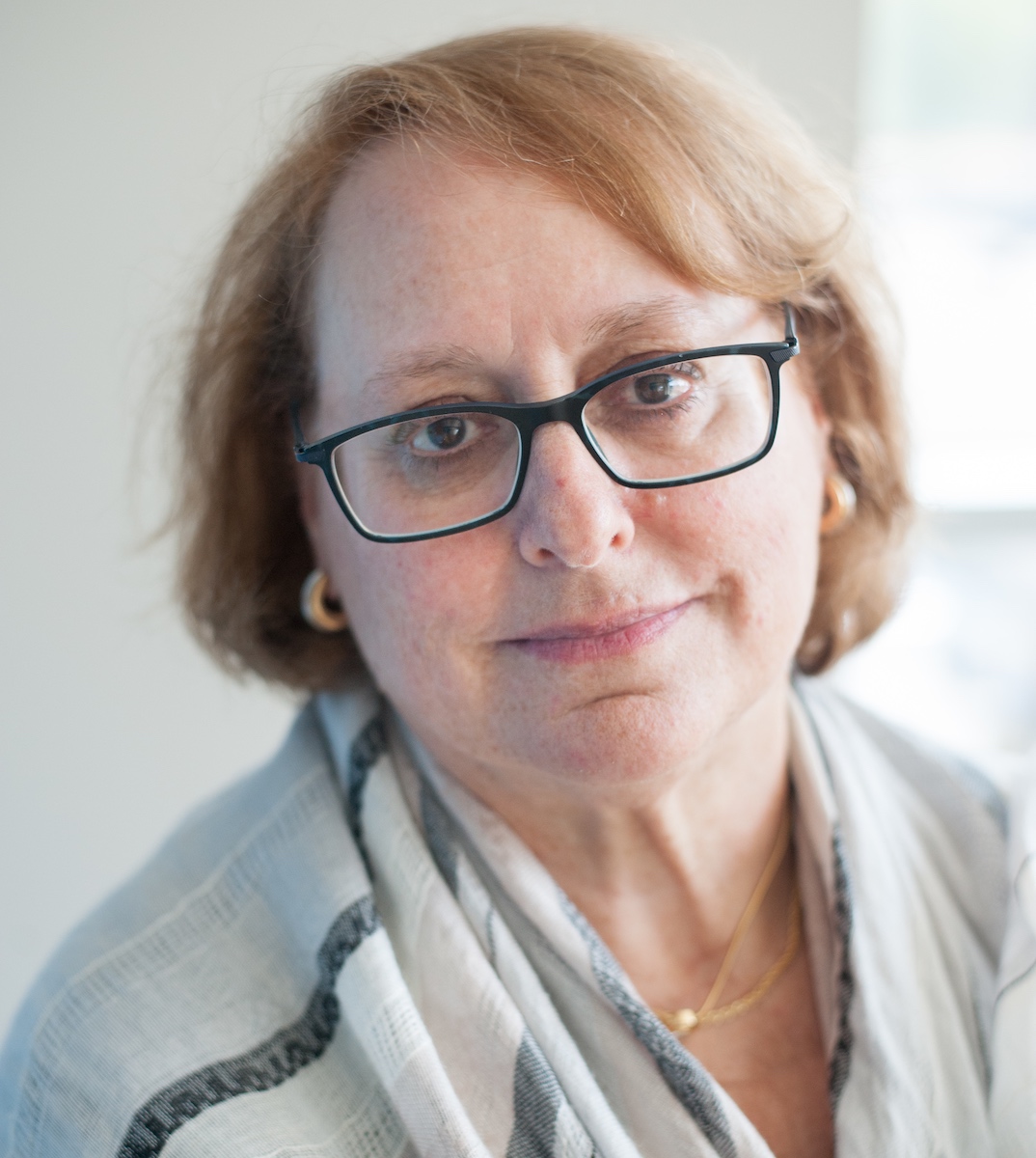The spring of 2020 will not be the semester that goes down in history as an example of higher education at its best.
In mid-March, the novel coronavirus forced colleges and universities to pivot from in-person course delivery and traditional on-campus experiences and thrust them into a modality of remote instruction.
Many amongst the educators — and those being educated — complained and grumbled. “Students aren’t engaged,” or “I can’t tell if they are cheating” were among the most-common refrains from faculty. “Our education management platform and I don’t get along” was another. As we quickly found out, students were dissatisfied with the caliber and content of the remote teaching, too. To a great extent, much of these complaints from both sides could have been avoided had the change need not have been required, in essence, overnight.
I am a longtime educator at La Salle University, where our leadership extended spring break by one week to afford professors an opportunity to prep themselves and their courses for a transition to remote instruction. Not every college or university made this effort.
Had there been the opportunity to train the educators how to teach online and prepare the students to be knowledgeable consumers of online education, the experience could have — and should have been — quite different. But because the unplanned experiment received mixed reviews from both sides does not mean that online teaching need not be revisited. In fact, many colleges and universities — including La Salle — are planning for a return to on-campus instruction for a fall 2020 semester that will combine face-to-face and online instruction modalities. This summer, workshops offered by our De La Salle Institute, along with instructional designers and library staff, are easing this important transition.
Almost 20 years as a full-time, face-to-face teacher of both undergraduate and graduate students — and six years running as teacher in and director of a totally virtual master’s program — has taught me a thing or two about both pedagogical models. And while I continue to surprise myself every time I say it, I have developed a preference for virtual teaching.
I would encourage my peers to think differently about this opportunity for skill acquisition, especially as public health experts are forecasting several waves of COVID-19 cases. Adaptation to what could be a new normal will be critically important for academics and students, alike. Done well and done right, virtual teaching is so much more challenging and far more time consuming for the faculty member than is face-to-face teaching, but the educational benefits to the students are exponentially greater.

Laura Otten. (Courtesy photo by Tracie Van Auken for The Philadelphia Inquirer)
Within the realm of online teaching, remote and virtual teaching are different animals.
A professor might be OK with remote teaching, where the only difference is performing in front of a camera to a class of students each watching from their respective personal space. The students can all see the professor and the professor can see all the students, and everyone can interact with everyone. This is the version of online teaching that says, “Just add a camera and, poof, you have online teaching.” It is without a doubt the weaker form of online teaching.
Each time the clock says “class is over,” conversation stops, thinking shuts down and both too often are packed away until the next time the clock says class starts. During that hiatus, momentum is lost, trains of thought are derailed, and continuity rarely happens, as the ability to recall the brilliant point you wanted to make is gone for good. The next class just picks up where the lecture last stopped. And, at the end of each week, the clock has given students somewhere around three hours of learning.
Online teaching when done well and right is virtual teaching, and it is vastly different from what many experienced this past semester. It dismisses the need to be in class at a specific time on specific days and banishes the ideas of listening to long, boring lectures from the same person, class after class, with minimal interaction with classmates and infrequent classroom discussions that are often painful to elicit and that stop with the end of that class.
Instead, virtual teaching allows for a mixture of sources, perspectives and media to convey knowledge, from the professor to videos to TED Talks — with sustained conversations. While face-to-face and remote teaching are controlled by the clock — each class starts and ends at a specific time — virtual teaching is controlled by the week.
Virtual learning has 168 hours in the course of its week. Given the expectation is students will drop in and out, add to her or his thinking as a new idea is offered up by the professor or a classmate, and mull things over during that broad amount of time (as nothing disappears from the learning platform), there is a deepening of thought and a stronger development of ideas. While most young people can immediately react with their feelings, one of the purposes of education is to help them move beyond using feelings as the basis for their decision making and positions to rely on evidence, logic, rational arguments, the interweaving of multiple sources, etc. This is much harder to do and takes time, time that demands more than 50, 90 or even 180 minutes of a week. But this shift can easily start to take hold when there are 168 hours with which to work.
As we approach the fall 2020 semester, every educator should consider these three tips for maximizing the online learning experiences of the courses:
- Build multi-modality curriculum into your courses. — Include applicable videos, like TED Talks. Use open educational resources, like virtual textbooks. Publish PowerPoints to your university’s education management platform. Get creative and make your own course resources. An example: Convert smaller lectures to audio files.
- Harness the power of discussion boards. — Almost every education management platform has a discussion board function. Post provocative and thought-provoking questions of your students that elicit their participation and feedback and prompt engagement with their peers. In the Master’s in Nonprofit Leadership program I direct, I often ask my students this question: Do nonprofits, regardless of their mission, have an obligation to work for social justice? The responses triggered by this question, and the replies by students to their classmates’ posts, demonstrate their ability to comprehend and apply the course material.
- Offer synchronous sessions each week. — Early on, in online courses, students ask for face-to-face opportunities. How can an instructor offer — or approximate — that experience? I provide optional sessions each week during which I bring no formal agenda. This gives students an opportunity to ask questions, and generate and drive the conversation. It’s also helpful for strengthening the rapport amongst students and their classmates. Virtual learning levels the playing field for every student, from the outspoken to the shy. Decades upon decades of research have shown that people learn differently. Online discussions allow every student to play to their strengths.
Virtual learning is preparing students for working in what we thought was still a pending reality that is now our new normal: organizations working partially or completely remotely.
To reap the benefits of this new educational experience, however, teachers need to retool, change mindsets, use different approaches and tools for achieving learning goals. They have serious work that needs to be done that could not possibly happen in a mere two weeks. Students, too, need to be prepped, as learning virtually requires a shift in thinking, as well as discipline and a strong desire to learn.
Online teaching and learning may not be for everyone, and this is true of both teacher and student. And it may not work well for every subject. But there is a large swath of students for whom it may be the difference between an exciting and engaging educational experience and one that is simply tolerated in order to get a piece of paper — the difference between getting excited about a subject and having the support and room to learn for learning’s sake, as opposed to learning just to get a grade.
Join the conversation!
Find news, events, jobs and people who share your interests on Technical.ly's open community Slack

Philly daily roundup: Jason Bannon leaves Ben Franklin; $26M for narcolepsy treatment; Philly Tech Calendar turns one

Philly daily roundup: Closed hospital into tech hub; Pew State of the City; PHL Open for Business

Philly daily roundup: A better coffee supply chain; Philly Tech Week returns; Apply to Pennovation Accelerator


